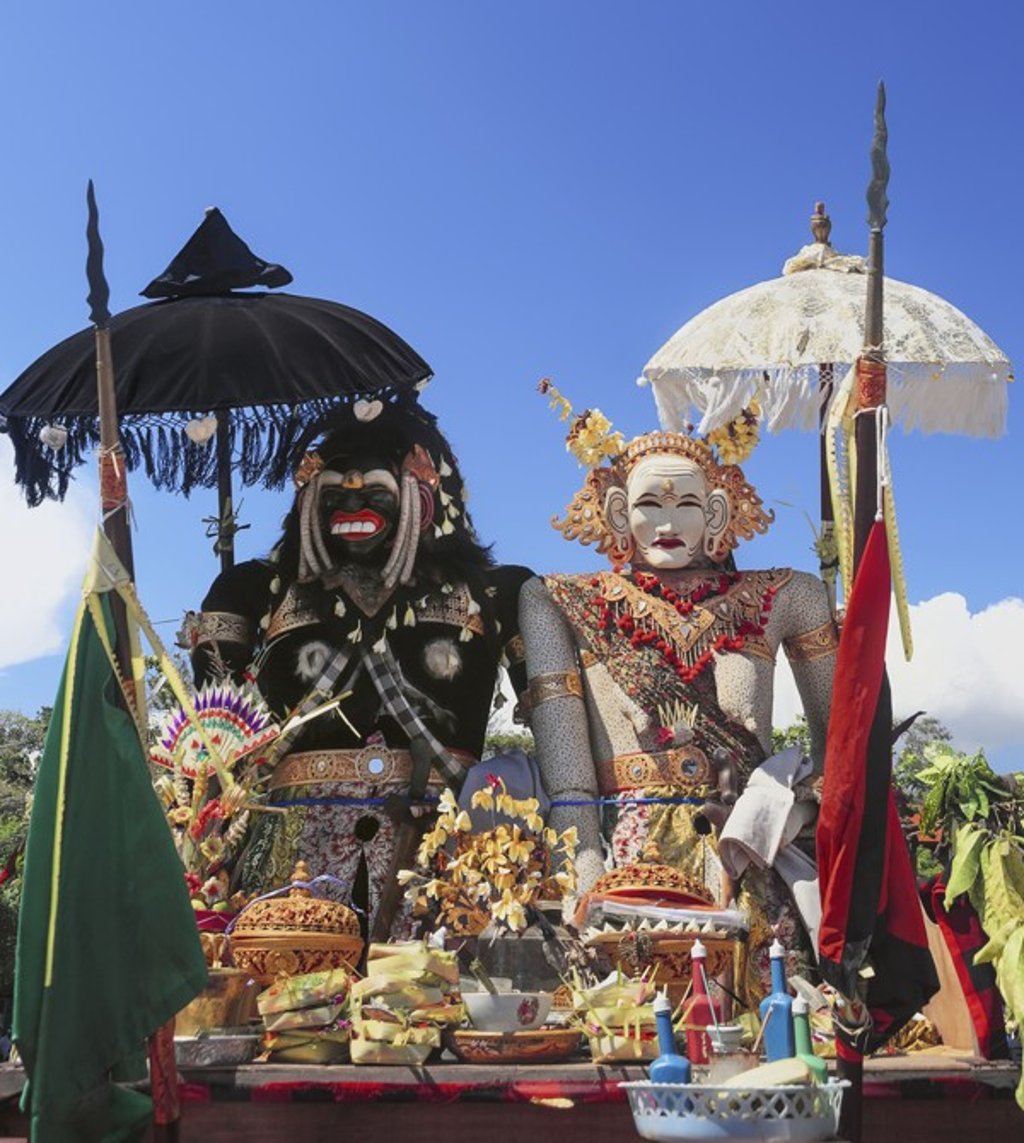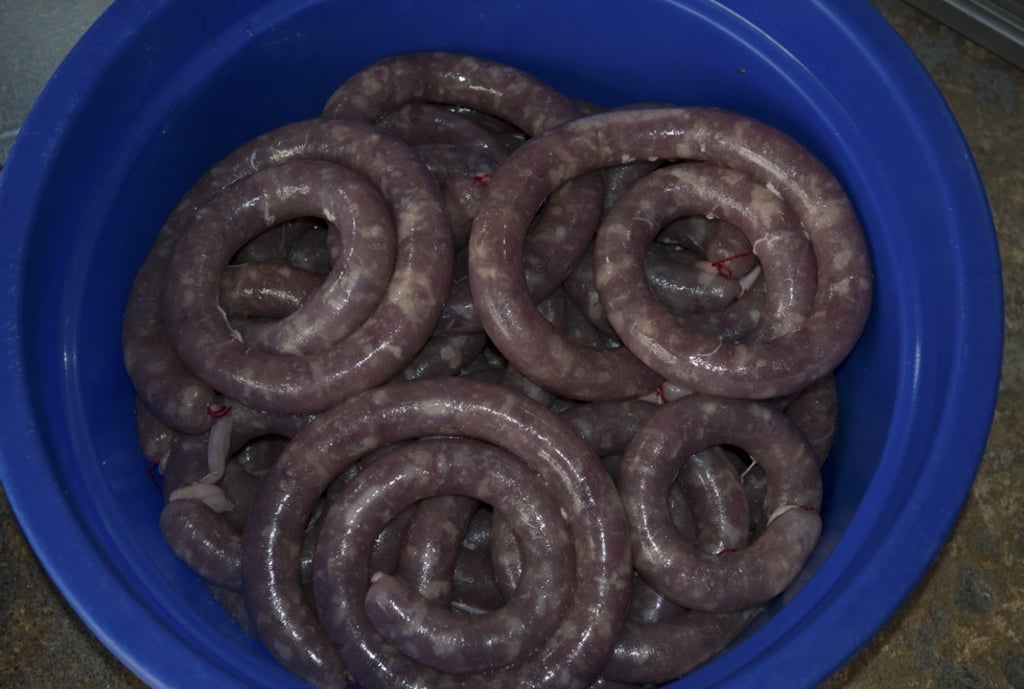Nasi goreng with sausage? You can thank Bali’s Chinese for that
The Indonesian lapciong, lobak and siobak all have close cousins in Chinese cuisine, and entered the Balinese diet thanks to migration from southern China that began in earnest 400 years ago

Tuck into a plate of nasi goreng on Bali’s northern coast, and the fried rice will often be dotted with small ruby cubes of cured sausage. Those familiar with Chinese sausages will find the Indonesian version to be similar.
The Indonesian sausages are called lapciong, and their Chinese cousins lap cheung in Cantonese, and la chang in Putonghua. It is not just the name that’s similar, though – lapciong has a distinctive sweetness, just like lap cheung.
Chinese-influenced food is common in northern Bali, says Antoine Audran, culinary director of Potato Head Group, the company behind Indonesian restaurant Kaum, which has branches in Hong Kong and Seminyak, southern Bali. The northern port town of Singaraja was the island’s main point of entry, and saw traders and visitors from places like the Middle East, India and China pass through up until 1966, when international flights began landing in Kuta, in the island’s south.
The history of Chinese people in northern Bali goes as far back as the 12th century, when Balinese King Jayapangus was said to have married a Chinese woman. She is often referred to in Balinese folk tales as a “Chinese princess”, although her heritage is unclear.


